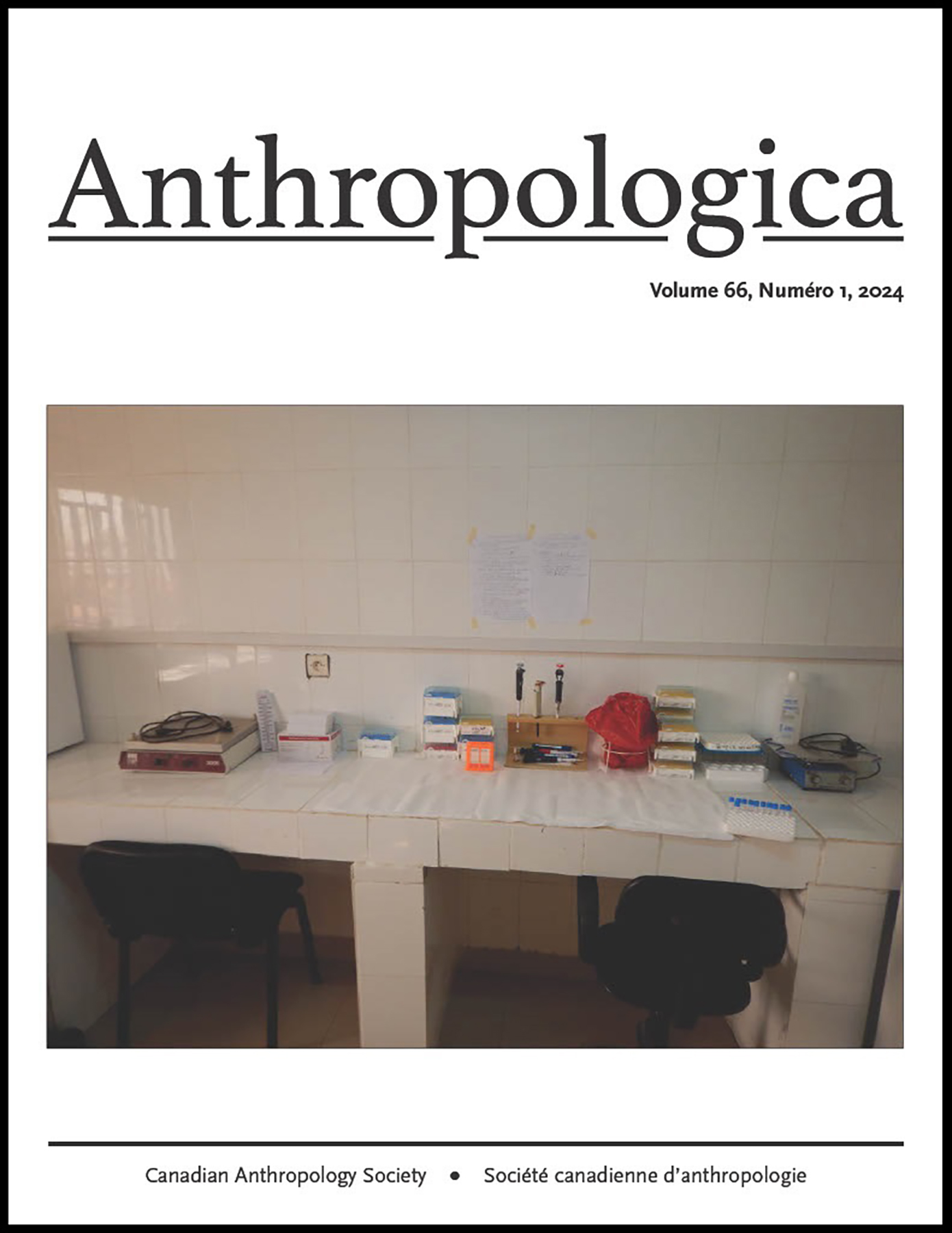In Mafiacraft, Puccio-Den provides a novel, thoughtful, and innovative methodological approach to understanding the Sicilian mafia and anti-mafia movement within one ethnographic frame. She asks: How do we hear the noisy silence of Cosa Nostra? Her answer derives from an ethnographic analysis of the cultural continuum and political intersection between mafia and anti-mafia spheres in Sicily. Silence matters, Mafiacraft suggests. Whether it be through the omertà (the mafia code of silence), the cover-up silencing of the state actors that permit the mafia to operate and intrude into the public sphere, or the anti-mafia strategy to “break the silence” around mafia worlds. Indeed, by framing the mafia as a constitutive social process, Mafiacraft explores how the Cosa Nostra crafted a criminal organization shaped by power, rituals, and symbolism, but also how the mafia and the anti-mafia have shaped the Sicilian social order. When it comes to researching criminal groups and violent social actors in general, fieldwork and data collection are challenging and, at times, dangerous. Nevertheless, observing and gathering data is as important as in other contexts where the researcher’s visibility is not as consequential. Mafiacraft provides a model for how to collect and interpret ethnographic data through the fog of social silence. If silence binds the Cosa Nostra together within the Sicilian social order, breaking that silence renders the mafia visible and provides political agency to those who take a stand against it. Puccio-Den proves that silence gives way to meaningful noise if the correct analytical lens is used. Silence, both a sensory and an analytic experience, enables her to develop a comprehensive understanding of the Sicilian mafia, but, more generally, of crime and violence as social and cultural phenomena. Ethnographic work provides an ideal approach to unpacking the presence and absence of mafia actors in Sicilian private and public spheres. The book is divided into two parts. Part one, “Naming the Mafia,” recounts, over five chapters, how the mafia has been canonically represented and, therefore, understood in terms of these representations. The second part, “Judging the Silence,” also contains five chapters that narrate the author´s fieldwork experiences and ethnographic data. Chapter 1, “Does the Mafia Exist?,” elaborates on the difficulties of the modern Italian state in defining the mafia, especially, but not only, from a legal perspective. Breaking the silence around the mafia has been, in that regard, a huge opportunity to clarify this struggle. By integrating her analytic of silence into her account of the political dimensions of the mafia, Puccio-Den provides a novel historical narrative of what the mafia is—in conceptual, legal, and political terms—as well as of the densely articulated power relations between mafiosi, civil society, and public officials. Her discussion provides ethnographic detail on notions of justice, memory, violence, crime, and social resistance in this setting, with relevance beyond. Chapter 2, “The Mafia as a Plague,” elaborates on a substantial political victory of the anti-mafia movement: the ability to switch the dominant narrative around the mafia. Indeed, the anti-mafia not only breaks the silence around the Cosa Nostra but also manages to promote the metaphor of a plague, reinforcing the sense of contagion within civil society and the public sphere. The following chapter, “How to Photograph Something That Does Not Exist?,” elaborates on the photographic exhibitions’ relevance to the mafia since the 1970s. These exhibitions were particularly effective in making the anti-mafia struggle visible. Above all, the exhibitions provided a narrative framework that allowed citizens to position themselves in relation to mafia and anti-mafia narratives. Chapter 4, “Bearing Witness,” explores the importance of the symbolic display of anti-mafia symbols. Given the significance of Catholic …
Parties annexes
Bibliography
- Gupta, Akhil. 1995. “Blurred Boundaries: The Discourse of Corruption, the Culture of Politics, and the Imagined State.” American Ethnologist 22 (2): 375-402. https://www.jstor.org/stable/646708
- Trejo, Guillermo and Sandra Ley. 2020. Votes, Drugs, and Violence. The Political Logic of Criminal Wars in Mexico. Cambridge: Cambridge University Press.

